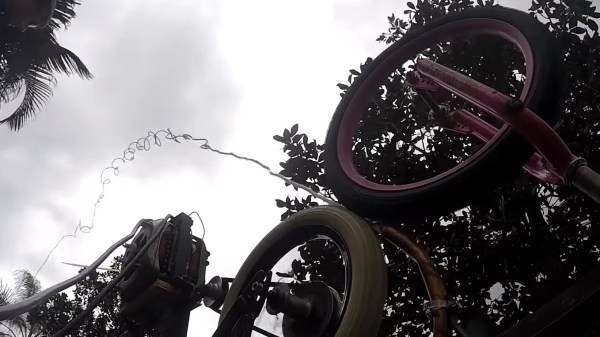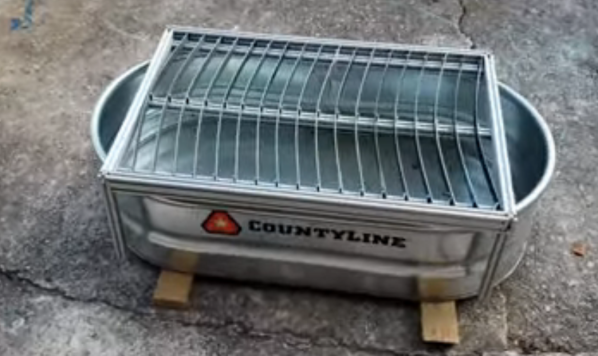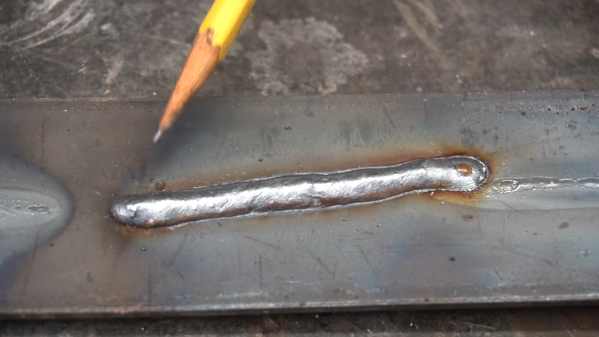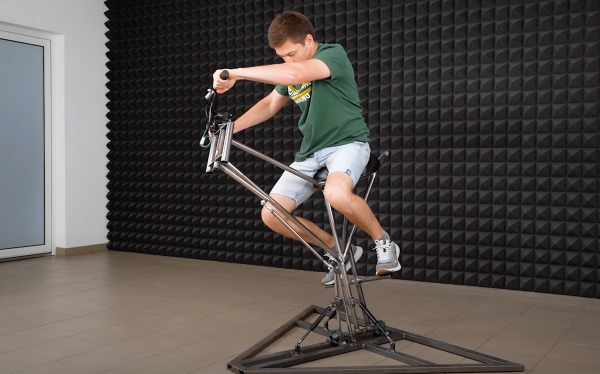While it’s possible to make pizza from scratch at home right down to the dough itself, it’ll be a struggle to replicate the taste and exquisite mouthfeel without a pizza oven. Pizzas cook best at temperatures well over the 260°C/500°F limit on most household ovens while pizza ovens can typically get much hotter than that. Most of us won’t have the resources to put a commercial grade wood-fired brick oven in our homes, but the next best thing is this portable pizza oven from [Andrew W].
The build starts with some sheet metal to form the outer and inner covers for the oven. [Andrew] has found with some testing that a curved shape seems to produce the best results, so the sheet metal goes through rollers to get its shape before being welded together. With the oven’s rough shape completed, he fabricates two different burners. One sits at the back of the oven with its own diffuser to keep the oven as hot as possible and the other sits underneath a cordierite stone to heat from the bottom. Both are fed gas from custom copper plumbing and when it fires up it reaches temperatures hot enough that it can cook a pizza in just a few minutes. With some foldable legs the oven also ends up being fairly portable, and its small size means that it can heat up faster than a conventional oven too.
This is [Andrew]’s third prototype oven, and it seems like he has the recipe perfected. In fact, we featured one of his previous versions almost two years ago and are excited to see the progress he’s made in this build. The only downside to having something like this would be the potential health implications of always being able to make delicious pizzas, but that is a risk we’d be willing to take.
Continue reading “Portable Pizza Oven Has Temperature Level Over 900”


















